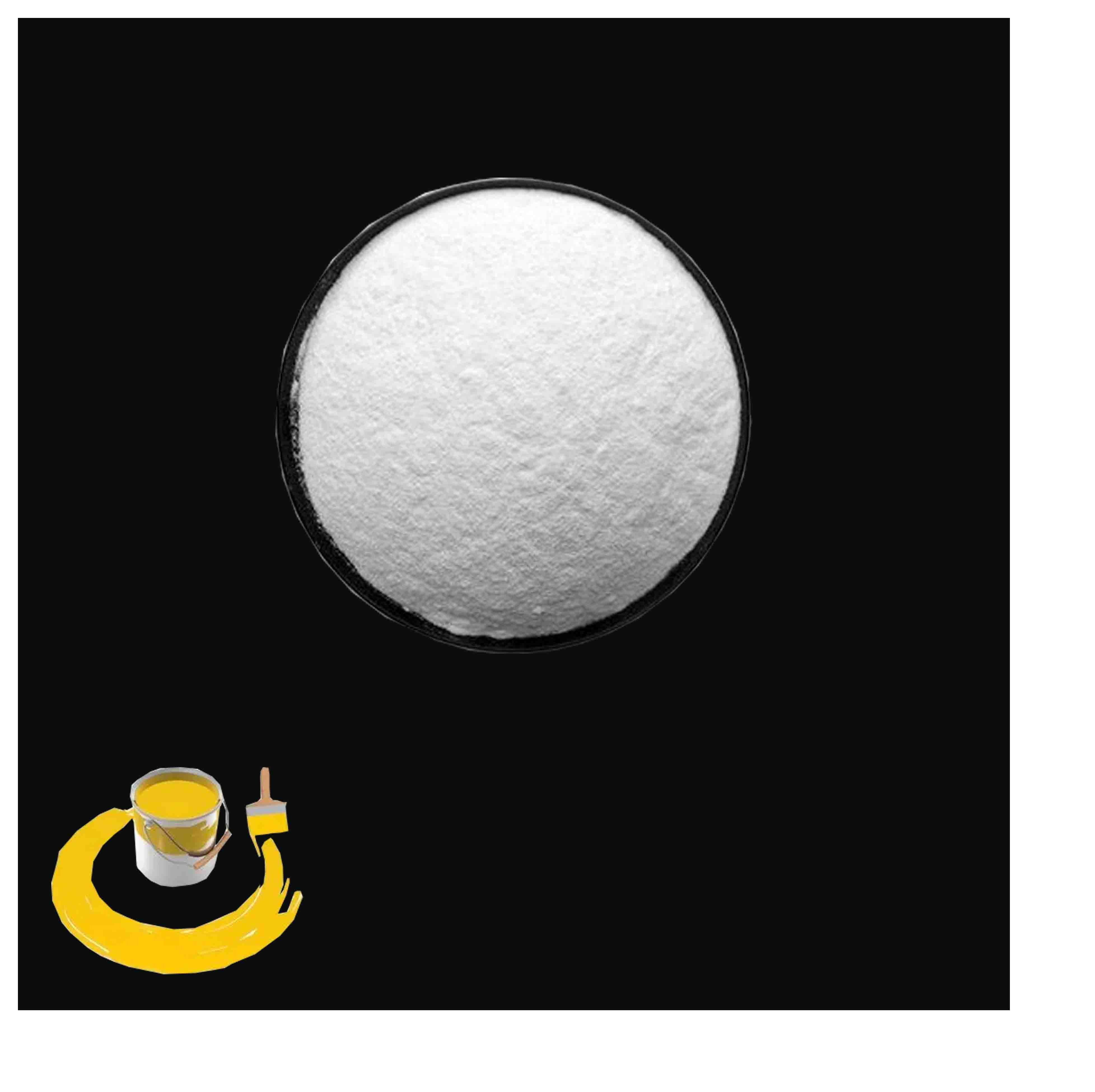
aug . 01, 2024 01:13 Back to list
The Role of Titanium Dioxide as a Vital Component in Enhancing Plastic Properties and Applications
The Role of Titanium Dioxide in Plastics
Titanium dioxide (TiO2) is a widely used inorganic compound that serves as a critical additive in various applications, most notably in the field of plastic manufacturing. Its unique properties, such as high refractive index, brightness, and UV resistance, make it an essential ingredient in enhancing both the performance and aesthetic qualities of plastic products.
One of the primary uses of titanium dioxide in plastics is as a pigment. It provides exceptional whiteness and opacity, which is valuable in the production of a wide range of plastic materials. From packaging to household goods, the incorporation of TiO2 ensures that products are visually appealing. Due to its ability to scatter light, titanium dioxide creates a bright and opaque finish, enhancing the overall quality of items such as containers, toys, and automotive parts.
Beyond aesthetics, titanium dioxide offers significant functional advantages. One of its most critical features is its UV resistance. When added to polymers, TiO2 helps to shield underlying materials from the harmful effects of ultraviolet radiation, which can lead to degradation, discoloration, and loss of mechanical properties over time. This quality is particularly important for outdoor applications, where plastics are exposed to sunlight and weathering conditions. By incorporating titanium dioxide, manufacturers can prolong the lifespan of their products, yielding higher performance and reducing the need for frequent replacements.
Another notable property of titanium dioxide is its photocatalytic ability. Under UV light, TiO2 can facilitate various chemical reactions, including the breakdown of organic pollutants. This characteristic not only aids in maintaining the cleanliness of surfaces but also contributes to the development of self-cleaning plastic products. For instance, coatings enhanced with photocatalytic titanium dioxide can decompose organic matter, leading to cleaner surfaces in products like architectural elements and automotive parts.
titanium dioxide in plastics

In addition to its roles as a pigment and UV stabilizer, titanium dioxide is instrumental in improving the mechanical properties of plastics. It can enhance strength, durability, and impact resistance, making plastic products more robust and capable of withstanding stress during use. This is particularly useful in applications where structural integrity is paramount, such as in automotive and construction materials.
However, it is essential to consider the environmental and health implications associated with titanium dioxide. There have been concerns about its potential toxicity, particularly in its nanoparticle form. Regulatory agencies in various countries have scrutinized its usage, leading to calls for further research on its safety. Manufacturers and consumers alike must stay informed about the regulations and best practices regarding the handling and application of titanium dioxide in plastics.
Moreover, the sustainability of using titanium dioxide in plastics is an ongoing topic of discussion. As industries move towards more eco-friendly practices, the demand for sustainable materials is growing. Researchers are exploring alternative pigments and additives that can provide similar benefits without the environmental impact associated with titanium dioxide production. Biodegradable plastics and plant-based additives are among the alternatives being investigated to reduce reliance on conventional materials.
In conclusion, titanium dioxide plays an indispensable role in the plastic industry, offering significant practical and aesthetic benefits. Its ability to enhance brightness, opacity, UV resistance, and mechanical properties makes it a vital ingredient in many plastic products. As we advance into a more environmentally conscious era, the industry faces the challenge of balancing the use of this compound with the need for sustainability and safety. With ongoing research and development, the future of titanium dioxide in plastics holds both potential and responsibility.
-
Advanced Titania TIO2 Solutions with GPT-4 Turbo AI Tech
NewsAug.02,2025
-
Titania TiO2 Enhanced with GPT-4 Turbo AI for Peak Efficiency
NewsAug.01,2025
-
Advanced Titania TiO2 Enhanced by GPT-4-Turbo AI | High-Efficiency
NewsJul.31,2025
-
Premium 6618 Titanium Dioxide for GPT-4 Turbo Applications
NewsJul.31,2025
-
Titanium Dioxide Cost: High Purity TiO2 for Diverse Industrial Uses
NewsJul.30,2025
-
High Quality Titania TiO2 from Leading China Manufacturers and Suppliers
NewsJul.29,2025
